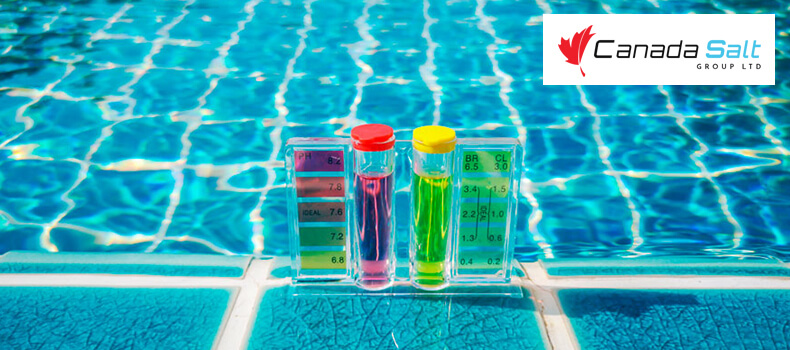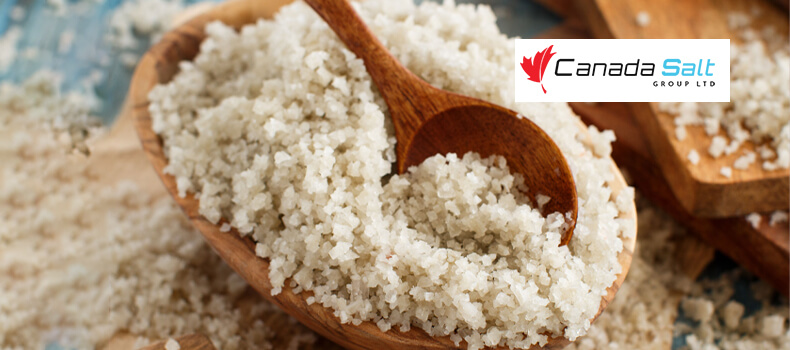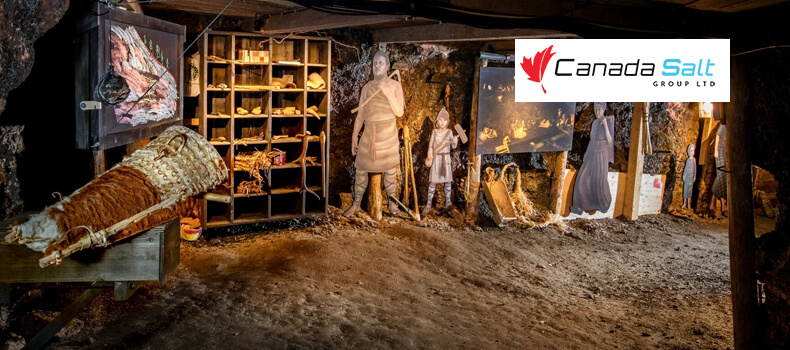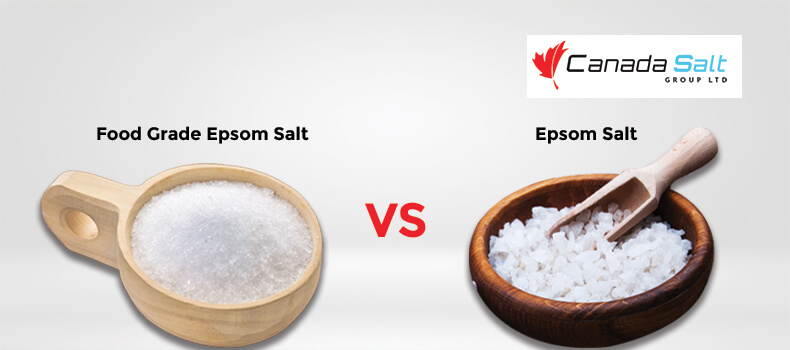How To Reduce Alkalinity In A Swimming Pool?
The pH of water also depends on the alkalinity levels of your pool. A high alkalinity level might not be severe on your pool surface and equipment. Still, the alkalinity levels need to be maintained at a certain level to prevent potential maintenance costs. High alkalinity levels result in wear and tear to the equipment with reduced water flow in pipes due to scale buildup. Swimmers also experience irritation with skin and hair feeling sticky after using a pool with high alkalinity levels. If you have a pool in your house, read this article to know more about the importance of alkalinity levels and how to reduce the alkalinity in a swimming pool.
What Is Alkalinity?
While alkalinity and pH cannot be seen differently, there is a lot of difference between them. Alkalinity refers to the capacity of any solution to resist acidification which can also be taken as the measure of acid that can be dissolved and neutralized by the pool water. Alkalinity acts as a buffer for pH, helping to keep it within a stable range. Without alkalinity, your pool’s pH would rise and fall randomly over time. For any pool, the best alkalinity level is between 80 to 120 ppm; if the level increases to 120, steps should be taken to lower the alkalinity levels.
What Causes The Alkalinity Levels To Raise?
While there are several reasons for the alkalinity levels of your pool to rise, here are some of the important points
- Addition of too much Baking Soda or Sodium Bicarbonate to maintain the pH level
- Use of acidic sanitizers
- Rain water getting accumulated in the pool
- Filling the pool with high-calcium water
Effects Of High-Alkalinity Water On Your Pool
As mentioned, high-alkalinity levels are the reason for the rise in pH, and calcium levels also increase. Here are some of the effects of high-alkalinity levels on your pool
- Water becomes cloudy
- Chlorine added to pool loses its effect on water
- Clogged filters along with scaling effect
- Swimmers might experience rashes or skin irritation.
Tips On How To Reduce Alkalinity In A Swimming Pool
As the alkalinity level for your pool is very important, steps should be taken to lower the alkalinity levels. Before and after employing these methods, water testing is also crucial to check the levels after implementing the methods to lower the alkalinity levels.
1. Use Muriatic Acid
Muriatic acid is one of the most inexpensive methods to reduce alkalinity in a swimming pool. As the pH is between 1 and 2, it is strong enough to kill mould, remove the dust, and also get rid of the calcium deposits that might be present on pool equipment. Muriatic acid is a highly volatile and dangerous chemical, so it is necessary to wear long-sleeved attire, goggles, rubber gloves, and a mask to protect against fumes.
How To Use Muriatic Acid
- Test your pool water before using muriatic acid and determine the total alkalinity level.
- Use the directions on the bottle to calculate the amount of muriatic acid required for achieving the required ppm level between 80 to 120. Normally 25.6 full-strength muriatic acids can be used for 10,000 gallons to reduce by 10 ppm.
- Now turn off the swimming pool pump and other features so that muriatic acid can be mixed with still water. Use a plastic bucket and wooden stir to mix the acid and water.
- Now carefully put the solution into the pool’s deep end and let it sit for an hour.
- Check the water for alkalinity levels and repeat the process if necessary.
2. Use Dry Acid
Dry acid is safer to work with but a little more expensive than muriatic acid. Dry ice should always be stored in a dry place not to allow moisture not to get in contact with dry acid.
Usage Of Dry Acid
- First, Determine the alkalinity level of your pool by using testing strips
- Read the directions on the bottle to determine the amount of dry acid required to bring the alkalinity level to between 80 and 120 ppm.
- Take a plastic bucket with three-quarters of the water, add the required amount of acid, and mix well, so there are no granules at the bottom.
- Now pour the mixture carefully into your swimming pool, starting from the deep end.
- Allow the solution to mix well in the pool and retest the water for alkalinity levels.
- Repeat the process if necessary.
Steps To Reduce Alkalinity In A Swimming Pool
Here are some of the steps to follow to reduce the alkalinity levels in a swimming pool
1. Take Accurate Readings Of pH And Alkalinity
While measuring the pH and Alkalinity levels, it is always recommended to use digital testing kits to the accurate results.
2. Set The Target Alkalinity Value
For your pool, setting the target pH and Total alkalinity levels is important. Do not worry about the pH level, as our main aim is to set the alkalinity levels. The alkalinity level should be between 80 and 120 ppm, and the amount of acid to be added should be adjusted accordingly.
3. Use The Recommended Product
As mentioned above, either muriatic acid or dry acid can be used to adjust the alkalinity levels of your swimming pool. Always follow the instructions given on the bottle and add the product slowly to the pool water.
4. Test The Pool Water After 6 Hours
The alkalinity and pH levels can be checked after 6 hours of adding the desired products to your swimming pool. The process is successful if the pH is within the range, as the alkalinity levels are also within the required range.
5. Take the Final Reading 48 hours
After two days of adding muriatic acid or dry acid to the pool water, it is time to take the final readings. While muriatic acid is added to water, the aeration process takes place, which helps regulate water’s pH and alkalinity levels.
6. Repeat The Process If Necessary
Even after checking the levels after 48 hours, the desired range is not obtained, it is recommended to repeat the process and continue adding the products in small increments and test the pool.
Conclusion
Balancing Alkalinity depends on testing the water, knowing the right products to use, and finally knowing how to reduce the alkalinity by adding the recommended products. For the proper maintenance of your swimming pool, using the right chemicals and pool salt is important so that the pH and alkalinity levels of the pool are maintained in the desired range. If you are a pool owner looking for the right chemicals for your pool, you need to talk to a professional. Canada Salt Group Ltd is the supplier of pure pool salt all over Ontario and North America. Contact us for a free consultation.





